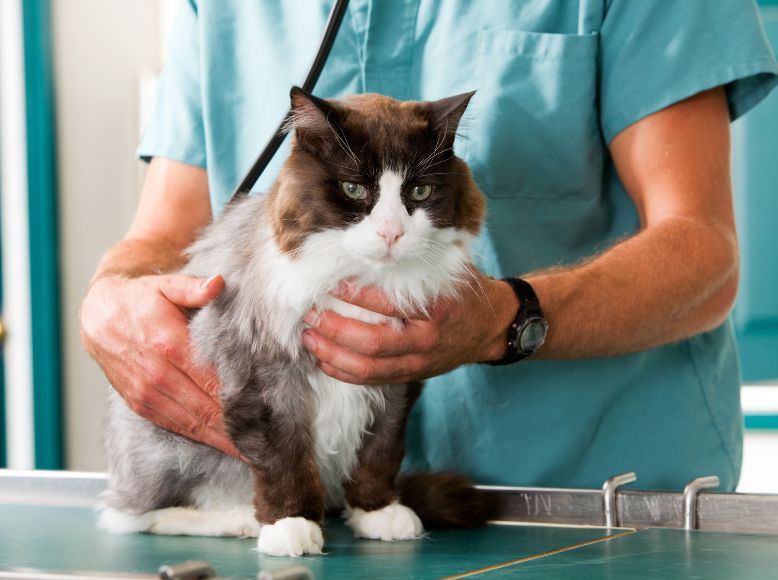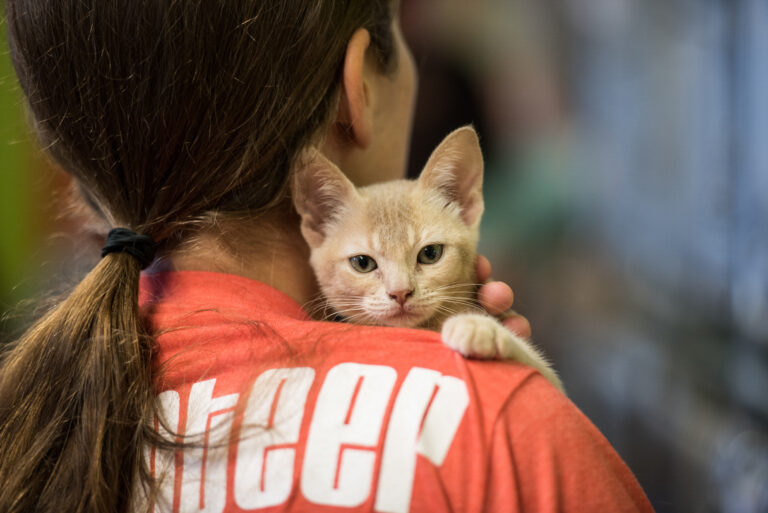Spring may be a welcome break from winter, but for cats, it brings a new set of health challenges. The rainy, damp days of April can trigger feline upper respiratory infections—often referred to as “cat colds.” While a light sneeze or sniffle might seem harmless, untreated respiratory issues can progress quickly and cause serious discomfort or complications, especially in kittens, seniors, or immune-compromised cats.
Understanding the causes, symptoms, and care strategies for these seasonal illnesses is key to ensuring your cat stays happy and healthy, even when April showers are in full swing.
Table of Contents
Understanding Why Cats Catch Colds in Spring
Feline upper respiratory infections are often caused by viruses like feline herpesvirus (FHV-1) and calicivirus, or by bacteria such as Chlamydia felis or Bordetella. These pathogens thrive in moist environments and spread easily in multi-cat households, shelters, or through brief exposure to infected cats outdoors. Changes in weather—particularly the sudden shift from cold to damp warmth—can also lower your cat’s immunity and increase susceptibility.
Cats don’t catch colds from humans, but much like us, they do respond to environmental stress and seasonal transitions. Spring’s high humidity and temperature fluctuations create the perfect setting for respiratory bugs to emerge or reactivate, especially in cats that carry latent viral infections.
Early Signs You Shouldn’t Ignore
The first signs of a cat cold can be subtle. You might notice your cat sneezing more than usual, or see a slight watery discharge from the nose or eyes. Over the next few days, that discharge can become thicker, and your cat may grow increasingly lethargic. Appetite loss is also common, particularly if nasal congestion dulls their sense of smell—an essential part of their desire to eat.
If your cat starts squinting, coughing, or breathing noisily, these are signals that the illness may be progressing. Kittens and elderly cats are especially vulnerable to developing complications, including pneumonia, if symptoms are left untreated. It’s important to stay alert and respond early rather than waiting for the infection to run its course.
How Weather and Environment Contribute
Spring weather itself doesn’t cause illness, but the dampness, chill, and sudden shifts in temperature can stress your cat’s system. Indoor cats may sit in open windows or lounge in breezy spots without realizing the cold air is affecting them. Cats who venture outside—even briefly—are exposed to contaminated surfaces, puddles, and the potential presence of other sick animals. All these elements combined create a high-risk environment, especially in April when parasite activity and allergens are also on the rise.
What to Do if You Suspect a Respiratory Illness
If you notice signs of a cold, it’s wise to schedule a veterinary appointment. Your vet can determine whether the infection is viral or bacterial and suggest the appropriate treatment, which may include fluids, antibiotics for secondary infections, or antiviral medications in severe cases. Mild cases can often be managed at home with care and monitoring, but never ignore signs that worsen or persist beyond a week.
At home, ensure your cat stays warm and dry. Keep their resting areas away from drafts, and use a humidifier to ease nasal congestion. Offer warm, aromatic foods to stimulate their appetite—tuna water, low-sodium broth, or microwaved wet food often does the trick. Gently clean away any mucus buildup from their nose or eyes with a damp, soft cloth.
Preventive Care Matters
Routine wellness plays a big role in keeping spring illnesses at bay. Keeping your cat up to date on vaccinations, especially those that protect against herpesvirus and calicivirus, provides vital protection. Ensure your home environment remains clean, warm, and stress-free. Avoid sudden environmental changes like temperature drops or damp bedding, and limit outdoor access during cold, rainy spells.
If you’ve recently visited a shelter, vet’s office, or interacted with another cat, wash your hands and change clothes before handling your own pet. Viruses can travel on surfaces and clothing more easily than many realize.
In Conclusion

Spring should be a time of renewal and comfort, but for many cats, it also marks the beginning of seasonal health issues like upper respiratory infections. These “cat colds” may start out mild, but without proper attention, they can escalate into more serious conditions. Recognizing the early signs—sneezing, watery eyes, loss of appetite, and lethargy—allows you to act quickly and provide the care your cat needs to recover comfortably.
More than anything, springtime wellness comes down to awareness and routine. Monitor your cat closely during weather changes, maintain a warm and stress-free environment, and stay ahead of illnesses with preventive care. With a little extra attention during these transitional months, your cat can stay healthy, cozy, and ready to enjoy the brighter days ahead.







